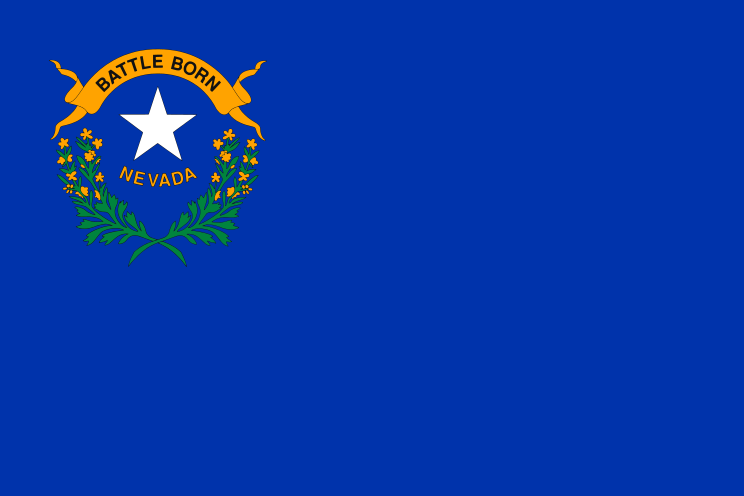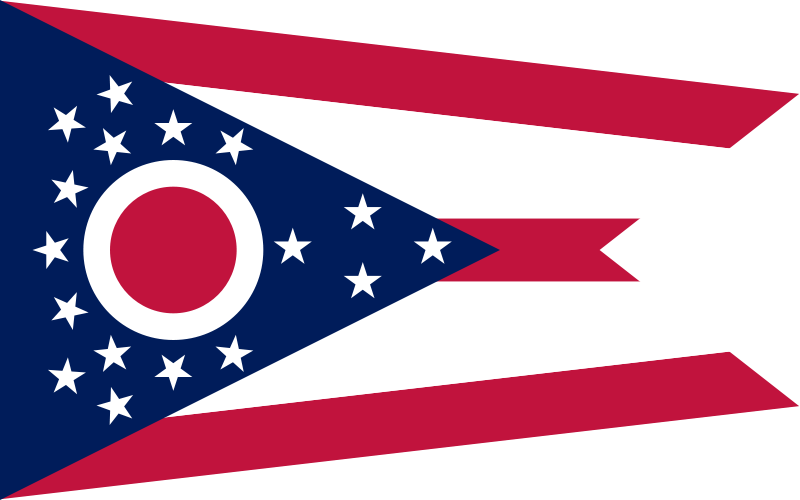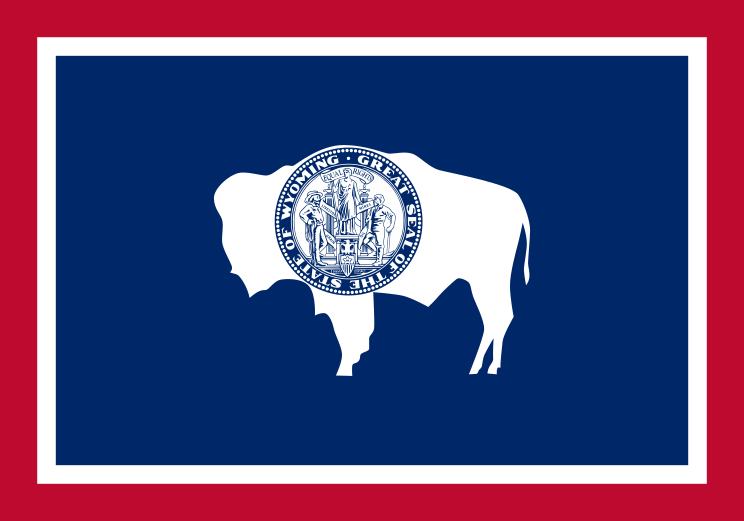for some time now i have wanted to write something about the Japanese language for all the folks back home; it's something that we deal with every day and i have thought it would be interesting to compare and contrast it with the Chinese language, which i wrote a little about while we were in Taiwan.
apparently linguists are either unclear or undecided about how Japanese developed, but in terms of its writing, much has been borrowed from the Chinese. these characters, many of which appear quite complex, are called "Kanji" in Japan, and can, confusingly, be read in different ways, often several, depending on the context. a given character in Chinese has only one way of being read, but the same symbol in Japanese will have at least one borrowed (from Chinese), or on reading, which will sound similar to the Chinese pronunciation, and a few kun readings—the local reading. for example, the Chinese character山, read shan, and meaning mountain, looks exactly the same in Japan, and means the same thing, but could be read san, zan (on readings), or yama, (a kun reading), depending on the context. the wonderful thing is that there aren't really any hard and fast rules about which reading to use in a given situation; you just have to know.
for the would-be student of Japanese, all is not lost, however. while both languages (Chinese and Japanese) have phonetic character systems, only schoolchildren ever get to see the Chinese one, which is known as "buh-puh-muh-fuh", after the sounds of the first four characters. there are 33 more after these, and many are not nearly as easy for an English-native mouth to pronounce, which is one reason Chinese can be so hard to learn well. the sound of each Chinese character (of which there may be around 30,000) is usually made by combining two or three of these phonetic sounds. perhaps because they only borrowed some two or three thousand "Kanji", the Japanese make much more extensive use of their phonetic alphabets.
yes, alphabets: they have two. both are comprised of fairly simple-looking characters, and both have symbols that correspond to the same 46 sounds, which can be (and usually are) presented arranged in a very typically Japanese organized fashion, as the table below makes clear. the character on the left of each cell is the hiragana one, which generally is more curvy and has historically been thought of as a more feminine script. on the right is the katakana, which is more angular and now serves almost exclusively to denote words of foreign origin that have been adopted into Japanese. each Japanese sound consists of at least a vowel, which are the same as ours, and usually a consonant or two as well. the Japanese vowels, however, come in the order a, i, u, e, and then o, and always sound the same, much as they do in Spanish, for example. thus, a is always pronounced as in father, i as in ski, u as in flu, e as in they, and o as in hot. so the first line of sounds are simply those, while the next line are the vowels preceded by a k, so ka, ki, ku, ke and ko. the exceptions to this simple pattern begin in the very next line, the s line, where sa is followed not by si, but by shi. the exceptions are mercifully rare, however, with just four more in the whole table: ta is followed by chi and then tsu, not ti and tu; hi is follwed by fu rather that hu; and wo is really pronounced as just o. there is one more character, which looks like ん in hiragana and ン in katakana, and which serves as a nasal n sound, occurring only after one of the other phonetic sounds. thus n is the only consonant sound in which a Japanese word will ever end. Chinese is fairly similar in this respect, with n and g forming the only consonant endings.
apparently linguists are either unclear or undecided about how Japanese developed, but in terms of its writing, much has been borrowed from the Chinese. these characters, many of which appear quite complex, are called "Kanji" in Japan, and can, confusingly, be read in different ways, often several, depending on the context. a given character in Chinese has only one way of being read, but the same symbol in Japanese will have at least one borrowed (from Chinese), or on reading, which will sound similar to the Chinese pronunciation, and a few kun readings—the local reading. for example, the Chinese character山, read shan, and meaning mountain, looks exactly the same in Japan, and means the same thing, but could be read san, zan (on readings), or yama, (a kun reading), depending on the context. the wonderful thing is that there aren't really any hard and fast rules about which reading to use in a given situation; you just have to know.
for the would-be student of Japanese, all is not lost, however. while both languages (Chinese and Japanese) have phonetic character systems, only schoolchildren ever get to see the Chinese one, which is known as "buh-puh-muh-fuh", after the sounds of the first four characters. there are 33 more after these, and many are not nearly as easy for an English-native mouth to pronounce, which is one reason Chinese can be so hard to learn well. the sound of each Chinese character (of which there may be around 30,000) is usually made by combining two or three of these phonetic sounds. perhaps because they only borrowed some two or three thousand "Kanji", the Japanese make much more extensive use of their phonetic alphabets.
yes, alphabets: they have two. both are comprised of fairly simple-looking characters, and both have symbols that correspond to the same 46 sounds, which can be (and usually are) presented arranged in a very typically Japanese organized fashion, as the table below makes clear. the character on the left of each cell is the hiragana one, which generally is more curvy and has historically been thought of as a more feminine script. on the right is the katakana, which is more angular and now serves almost exclusively to denote words of foreign origin that have been adopted into Japanese. each Japanese sound consists of at least a vowel, which are the same as ours, and usually a consonant or two as well. the Japanese vowels, however, come in the order a, i, u, e, and then o, and always sound the same, much as they do in Spanish, for example. thus, a is always pronounced as in father, i as in ski, u as in flu, e as in they, and o as in hot. so the first line of sounds are simply those, while the next line are the vowels preceded by a k, so ka, ki, ku, ke and ko. the exceptions to this simple pattern begin in the very next line, the s line, where sa is followed not by si, but by shi. the exceptions are mercifully rare, however, with just four more in the whole table: ta is followed by chi and then tsu, not ti and tu; hi is follwed by fu rather that hu; and wo is really pronounced as just o. there is one more character, which looks like ん in hiragana and ン in katakana, and which serves as a nasal n sound, occurring only after one of the other phonetic sounds. thus n is the only consonant sound in which a Japanese word will ever end. Chinese is fairly similar in this respect, with n and g forming the only consonant endings.
| a | i | u | e | o | |
| あ ア | い イ | う ウ | え エ | お オ | |
| k | か カ | き キ | く ク | け ケ | こ コ |
| s | さ サ | し シ | す ス | せ セ | そ ソ |
| t | た タ | ち チ | つ ツ | て テ | と ト |
| n | な ナ | に ニ | ぬ ヌ | ね ネ | の ノ |
| h | は ハ | ひ ヒ | ふ フ | へ ヘ | ほ ホ |
| m | ま マ | み ミ | む ム | め メ | も モ |
| y | や ヤ | ゆ ユ | よ ヨ | ||
| r | ら ラ | り リ | る ル | れ レ | ろ ロ |
| w | わ ワ | を ヲ |
so these are the symbols that we see all about us every day. before we came to Japan i learned how to recognize and write all of the hiragana characters, but took the advice of several website authors to not bother with the katakana since it was less frequently used and would be easily learned as and when needed. i am glad i learned the hiragana but have found i would counsel learning the katakana first if coming to Japan, especially if the visit is a short one or if learning Japanese is not the immediate goal. though i am quite competent to make the sounds indicated by a given hiragana text, i still have very little idea what all my noises mean, so my ability has little practical use, at least in the short run. with a working knowledge of katakana however, you can often deduce some very useful things when you're out and about. looking at the dazzling array of rice balls in one of Japan's ubiquitous convenience stores, for instance, you would forgivably be unable to determine which one would actually be edible to your Western palate unless perhaps you found the one with シ—チキン on it. translating these symbols into their romaji (ostensibly yet another Japanese script, but really just the characters written in their roman letters) counterparts gives shiichikin, which might start to sound a little like "sea chicken" if you say it to yourself with enough imagination a few times. and we all know that sea chicken, or chicken of the sea is actually the very safe and quite palatable tuna from a can, so you just saved yourself from a rice ball stuffed with things like leathery seaweed boiled in sugar and soy sauce, for example.
so it's pretty simple, but there are a few more things we have to get to grips with, like what happened to all the other consonants? a good question, and one for which the canny Japanese have a ready answer: ten-ten. why it's called that I have no idea, but ten-ten involves the incorporation of another tiny symbol into the kana (the collective name inclusive of hiragana and katakana characters), either a small quote mark, ", or a degree symbol, °. only the h row can be ten-tenned with the degree symbol, but the quote symbol can be added to the k, s, t and h rows. doing so changes the sound of the consonants to g, z, d and b, respectively, while adding the degree symbol to an h row character changes the consonant sound to a p. (for the sake of completeness, it may be worth mentioning that the irregular sounds in the s and t rows come out sounding as follows: shi becomes ji; chi also becomes ji; and tsu becomes zu.) further, any phonetic in the a column that starts with a consonant sound can be written followed by a slightly smaller ya, yu, or yo to make another sound. thus, ha plus one of these sounds can become hya, hyu, or hyo.
| a | i | u | e | o | |
| g | が ガ | ぎ ギ | ぐ グ | げ ゲ | ご ゴ |
| z | ざ ザ | じ ジ | ず ズ | ぜ ゼ | ぞ ゾ |
| d | だ ダ | で デ | ど ド | ||
| b | ば バ | び ビ | ぶ ブ | べ ベ | ぼ ボ |
| p | ぱ パ | ぴ ピ | ぷ プ | ぺ ペ | ぽ ポ |
so there is great scope for making different sounds, and it's all fairly straightforward, especially if you can see how the kana scripts are written. it does seem a little overwhelming though, given that there are at least 92 characters to memorize, and that's just for the phonetic systems. nevertheless, there are no capitals, which, if counted as their own symbol when looking different than their lowercase variant, would give the roman alphabet at least 37 characters, depending on who was deciding what "different" meant. plus, as i mentioned in the post on the Chinese language, while it seems a little burdensome to have to do so much memorizing with these languages, we actually do end up memorizing most of the words we ever use in English anyway.
anyway, that's enough of the mechanistic nitty gritty and the system defenses; let's look at a couple of examples of the 日本語 (nihongo, or Japanese), especially katakana, in action. first, my name. as with Chinese, family names come first in Japanese, but rather than directly translating my name into the literal Japanese for ball, or transliterating it into something that sounds remotely like ball, as bao (保) apparently did to the Chinese, Ball has simply and effectively been katakanatized into ボール (the dash after bo indicates the vowel sound should be doubled in length, so booru). then jay simply becomes ジェイ, the e in the middle having diminished size to indicate that it replaces the i part of ji, so you get jei. another good name I saw was of a baseball player imported from the States. タイロン ウッズ, or tairon uzzu in romaji, is actually Tyrone Woods of Nagoya's own Chunichi Dragons. then the place I last wrote about, the Little World. part of the reason it was so hard to find was that the signs to the place said simply リトル ワ—ルド: ritoru waarudo. wonderful. then you run into the problems of sounds that Japanese mouths can’t make, like th, for example. so you still have to pay attention to context to know whether バス (basu) is a bus or a bath: stay on your toes.
but all this talk about Japanese itself leaves out the best part: the unholy things the Japanese do to our own mother tongue. in China there was "Chinglish", here it's "Engrish", and examples are abundant. basically they both amount to English done badly or, as is often the case in Japan, just things that don't make sense or would never be said. one of my favorites, though not strictly incorrect, I saw on the back of a t-shirt here in Nagoya. it read "I hate myself and I want to die." who knows? we have a friend at church with a large collection of Engrish shirts, though most are decidedly sunnier than the one just described. Ryouta is pictured below sporting my favorite of his examples of the genre:

Ryouta and his shirt, which says: IT SEEMS EASY TO PLACE / YOUR WORK IN THE TRADITION / KKK / Keep Smiling / WHY DO YOU / THINK IT'S USE / LESS TO TRACE / Are You / Talki'n to me? / Thanks You

many more examples of these kinds of hi-jinks and just plain desecrations of the Queen's English can be found at the amusing Engrish website, while you can learn more about the Japanese language from the following websites I have found helpful in my studies. as if this post hasn't made you into an expert already...
the Japanese Page
learn Japanese
Japanesepod 101
disclaimer: the information in this post is accurate to the best of my very limited knowledge of the subject, but may be incorrect. please use appropriate precautions.
























































1 comment:
How do you get your hands on one of these shirts????
Seriously.
Post a Comment